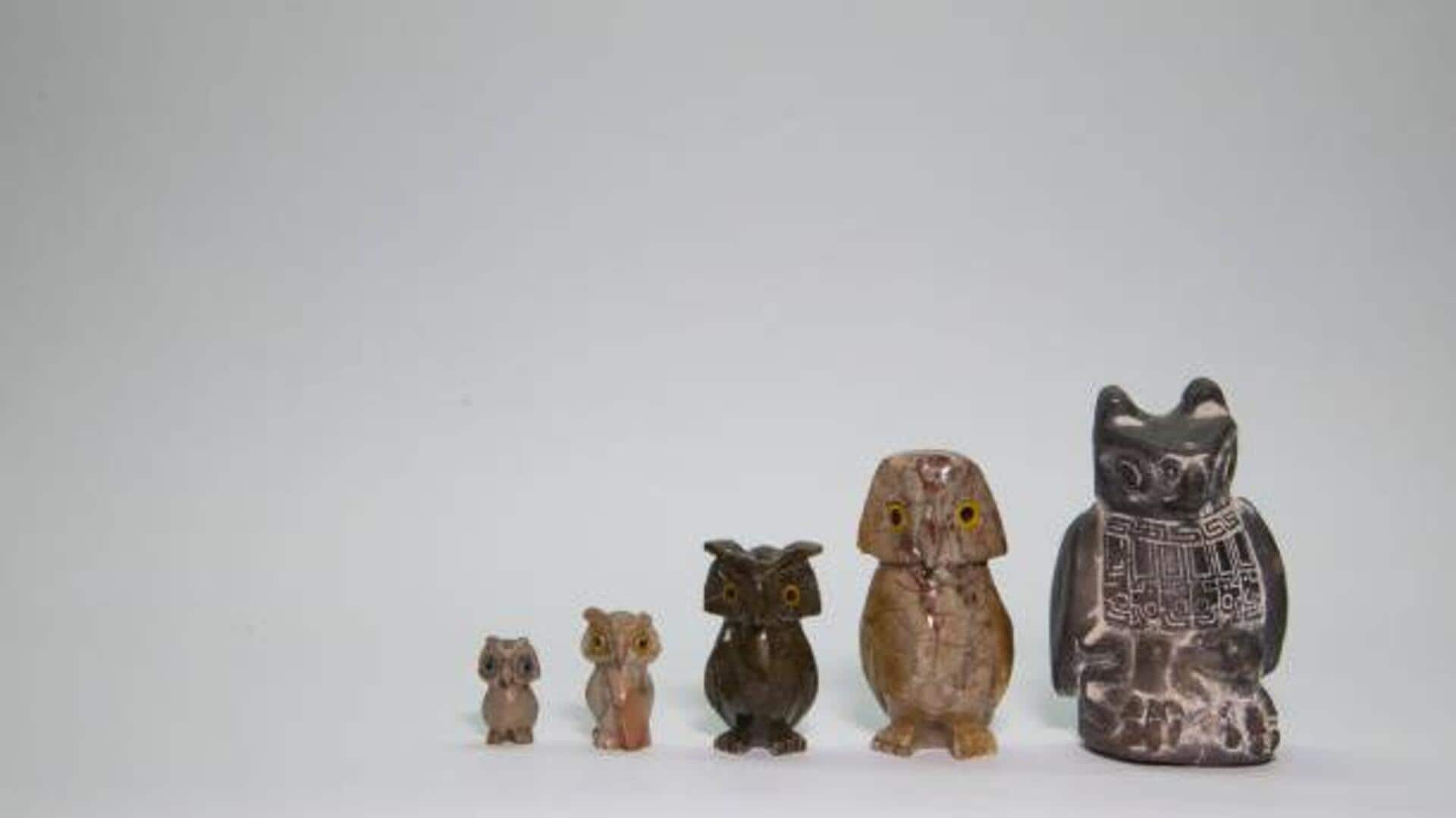
A beginner's guide to soapstone sculpting
What's the story
African soapstone is a versatile and easy-to-work with material, making it a favorite among sculptors. Its softness permits intricate designs, while its natural beauty adds to the appeal of the finished product. Whether a beginner or an experienced artist, knowing the basics of sculpting with soapstone can take your skills to the next level. Here are some tips to help you master this art.
Tip 1
Choosing the right soapstone
Selecting the right piece of soapstone is essential for your project. Look for stones with fewer cracks and inclusions, as they can affect the integrity of your sculpture. The color and texture also matter; some prefer smooth surfaces, while others like more textured ones. A good quality stone will make the carving process easier and give a better finish.
Tip 2
Tools for sculpting soapstone
Having the right tools is key to sculpting soapstone. Basic tools include rasps, files, and chisels of different sizes. These help in shaping and refining details in your sculpture. A Dremel tool can also be handy for intricate work or polishing surfaces to a smooth finish. Investing in quality tools ensures durability and precision in your work.
Tip 3
Techniques for carving soapstone
Start by sketching your design on the stone's surface with a pencil or chalk. Use coarse tools to remove large areas of material before moving on to finer details with smaller tools. Patience is key; take your time to avoid mistakes that may require significant corrections later. Regularly step back to view your progress from different angles.
Tip 4
Finishing touches on your sculpture
Once you have achieved the desired shape and detail in your sculpture, focus on finishing touches like sanding down rough edges or polishing surfaces for a smooth finish. You can use sandpaper or polishing compounds specifically designed for soapstone to achieve this effect without damaging delicate features of your work.